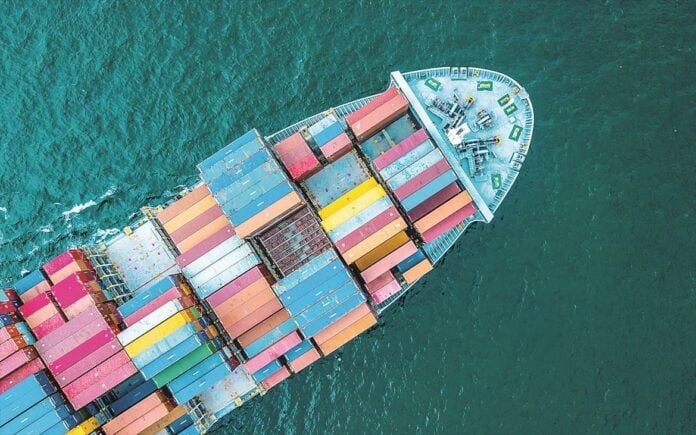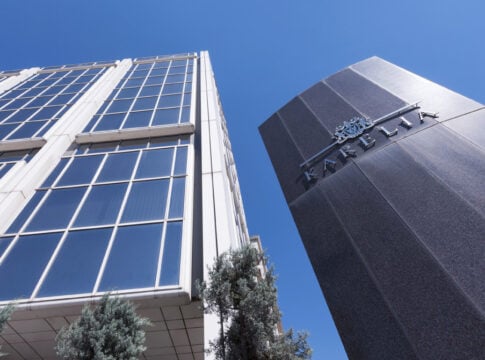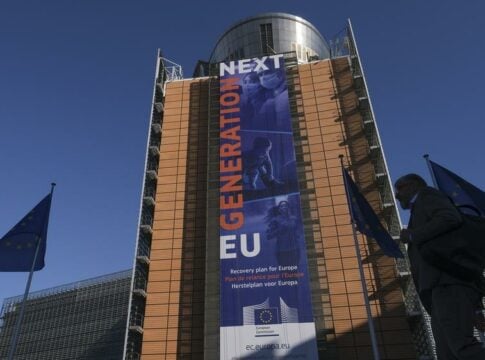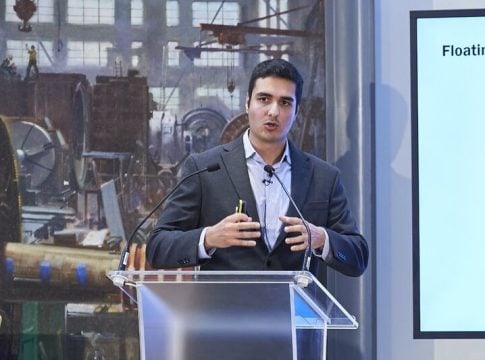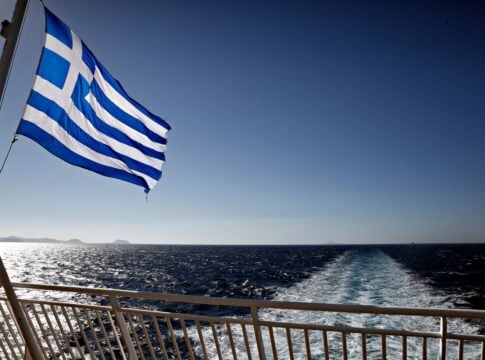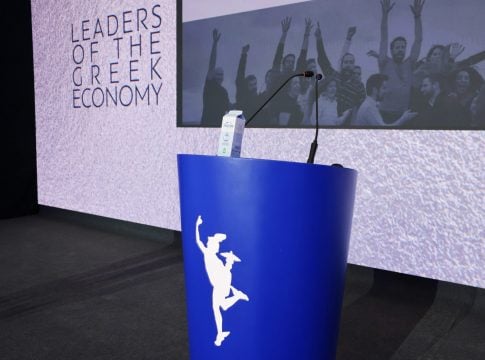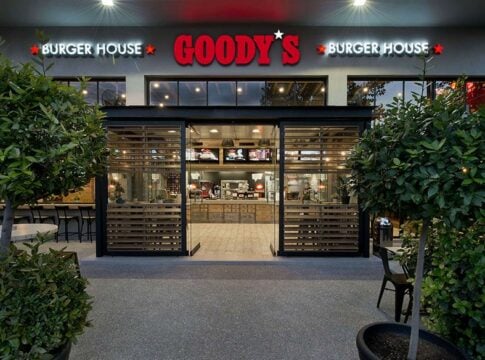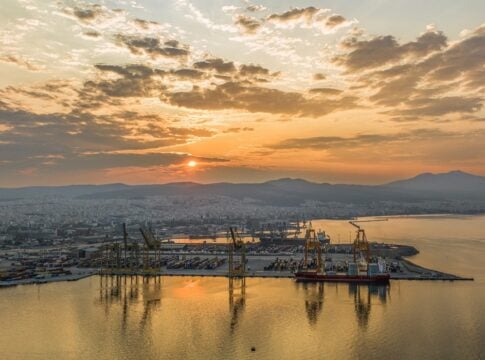The containership orderbook has soared to record levels reminiscent of the 2000s, with new orders exceeding 10.4 million TEUs and the orderbook-to-fleet ratio at 31.7%, the highest level since 2010.
According to an analysis by data firm Linerlytica, this picture raises concerns about a repeat of the oversupply phenomenon that characterized the period 2004-2009 and led to a decade of depressed freight rates and large losses.
However, unlike that period, the market presents different characteristics. Back then, “everyone” – from large shipping companies to smaller regional players – placed orders en masse, boosting the explosive growth of the fleet.
Today, new orders (excluding feeders) have largely been limited to strong liner operators such as MSC, Evergreen and Cosco, which have significant liquidity and strategic expansion plans. MSC, for example, maintains an orderbook of around 2.4 million TEUs, a number comparable to the total capacity of Hapag-
Lloyd, further consolidating the shipping giant’s dominance in the global rankings.
Evergreen is considering offers for new 14,000 TEU dual-fuel LNG ships, while Cosco is under pressure from Beijing to increase its fleet to over 5 million TEUs by 2026. Another point of differentiation from the past is the views on the course of the international economy. In the mid-2000s, companies moved with the belief that the positive climate of the market would last forever.
In contrast, today, despite the aggressive expansion of liners, the market is characterized by a more cautious attitude and awareness of the risks that lie ahead. Geopolitical tensions, tariffs and uncertainty in global trade shape a cloudy outlook, while at the same time changes in demand – as was seen with the early end of this year’s ‘peak season’ – make capacity management even more critical.
At the same time, the age of the fleet creates new prospects and challenges. A large part of the containerships are at a “mature” age, which means that in the coming years they will have to be taken to scrapyards.
This process, combined with the requirements for decarbonization and new environmental standards, could act as a “safety valve” against the risk of oversupply.


